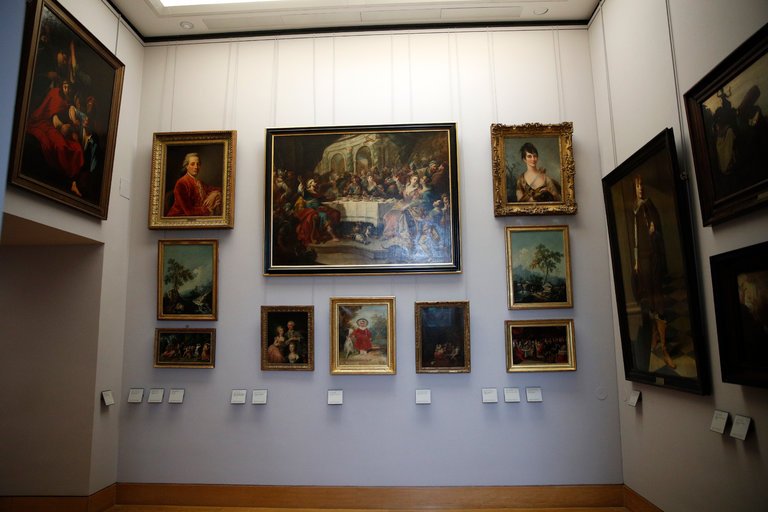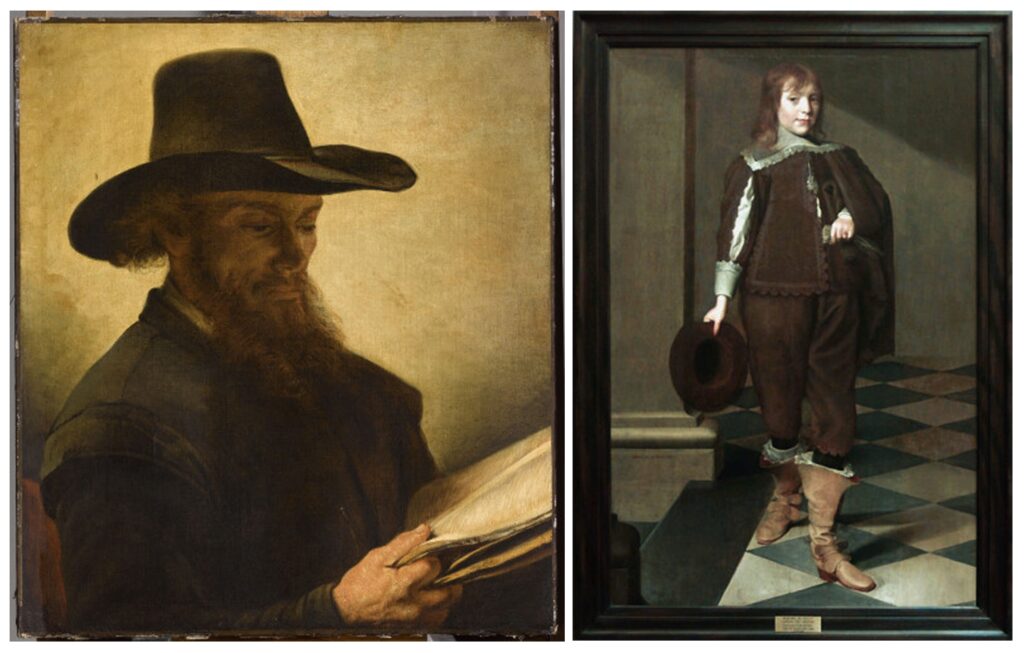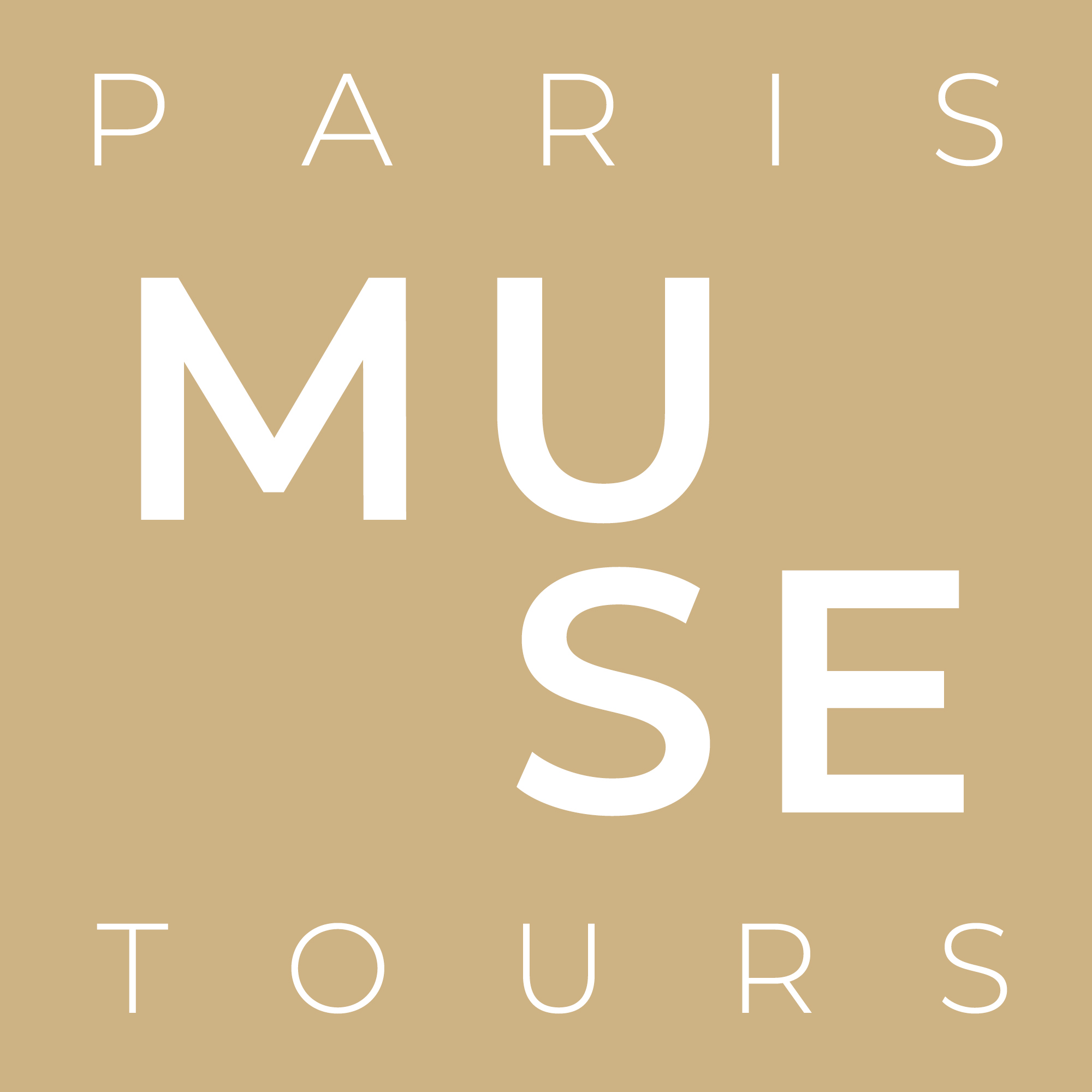During WWII, over 100,000 works were taken to Germany. Will a new permanent installation help to find the rightful owners?
“Où sont des nouvelles salles avec de tableaux récupérés en Allemagne?” It’s not a phrase likely to appear in your guidebooks, but you may need it to find the Nazi-looted paintings, recently installed in their own permanent space at the Louvre.
If organizers were hoping to be subtle about this exceptional event, they have succeeded. It’s the first time since 1945 that a portion of the museum’s 1,752 Nazi-plundered objects are being shown in a dedicated space. Yet many visitors to the second floor of the Richelieu wing may not even know what they’ve accidentally stumbled onto.

It’s a hodge-podge display of 31 paintings squeezed into two galleries, with a discreet label reading “Paintings recuperated after WWII.” Delacroix hangs next to Boucher. Dutch landscapes rub elbows with German portraits. The only thing these works have in common is an incredible shared history: all were looted by Nazis during WWII and then returned to France. Still orphans today, none have found their rightful owners. The Louvre’s goal, according to curator Sébastian Allard, is to “return everything that we can.”

Critics maintain, however, that while the Louvre is making steps to be more transparent about this history, they aren’t being proactive enough to identify original owners. A few statistics give a sense of the magnitude of the project. An estimated 100,000 objects in France were taken to Germany during the war, many ransacked from the homes of Jewish families. By 1949, over 61,000 of these were returned to France. 45,000 were successfully claimed by their original owners. The French state kept over 2,000 of these, while the rest of the unclaimed art was sold at auction.
Recently, three paintings by the Flemish master Patinir were returned to heirs of the Bromberg family, German Jews forced to sell before escaping to the US. In February 2018, French Culture Minister Françoise Nyssen was on hand to personally present the works in a much-publicized ceremony at the Louvre. But since the 1950s, a little over 100 objects—only 50 paintings—have been returned to owners or their descendants. The Bromberg restitution is an exception. Why? Until now, the Louvre has essentially been waiting for descendants to show up and ask.
To be fair, research into the history of ownership (or provenance) is complex and time-consuming. Often Jewish families were forced to sell off works before fleeing France, so sales may appear legitimate. In these cases, intermediaries like dealers, galleries and other third parties have failed to make their wartime archives publicly available. Moreover, when a provenance can be established, current heirs need proof of ownership to claim a work—not always possible, now that many of the original owners are no longer alive.
The museum is planning to put up a larger banner at the entrance to the galleries. In the meantime, you can do your own research into works classified as MNR (Musées Nationaux Récupération) on the site Rose-Valland, named for the courageous curator who kept a ledger of Nazi thefts. At Paris Muse, we’ll be including the new galleries in an updated version of our Louvre’s “Hidden” Masterpieces, to be launched this spring. We’re hoping that the Louvre intends these galleries to be less hidden, and more than a politically symbolic effort. Works of art have incredible stories to tell, and this one deserves to be told. Not with discreet understatement.





